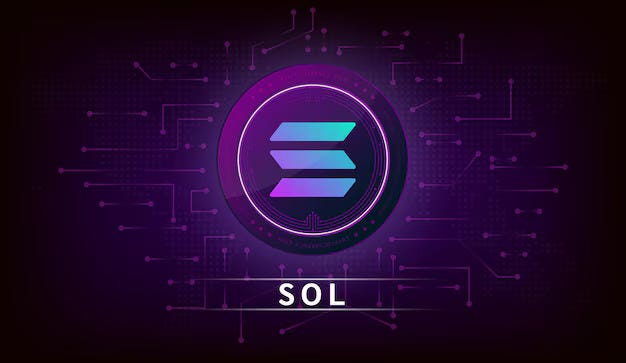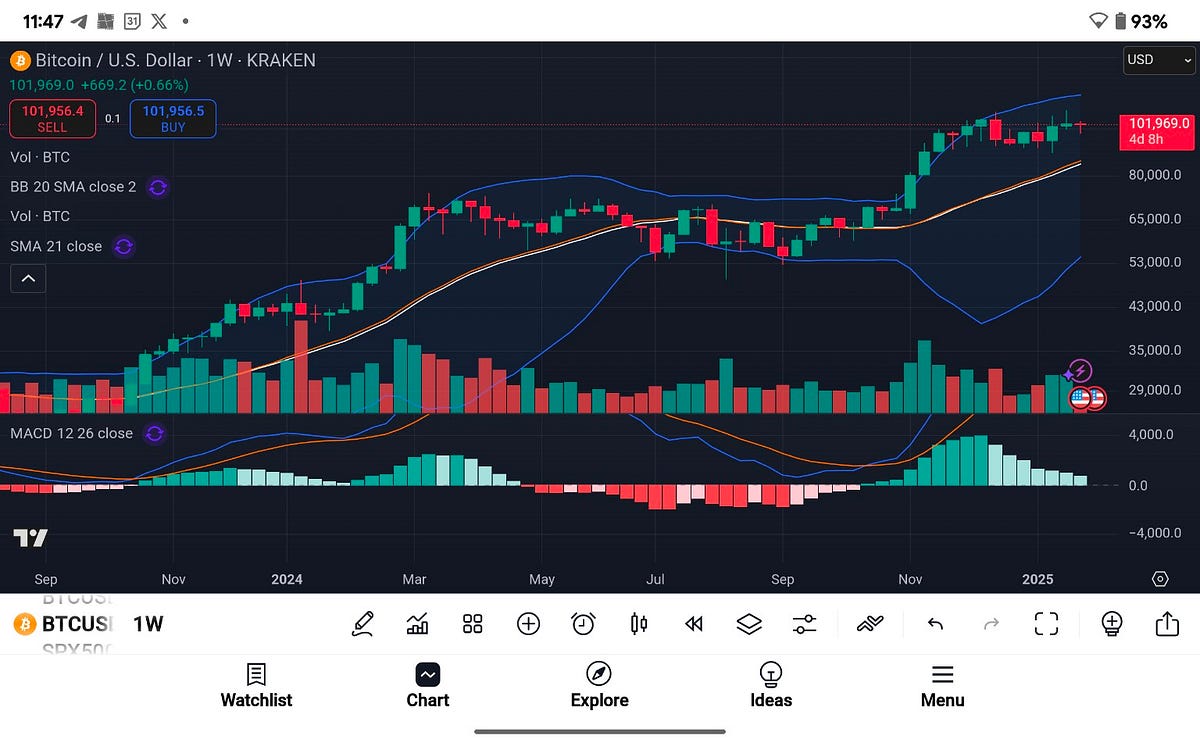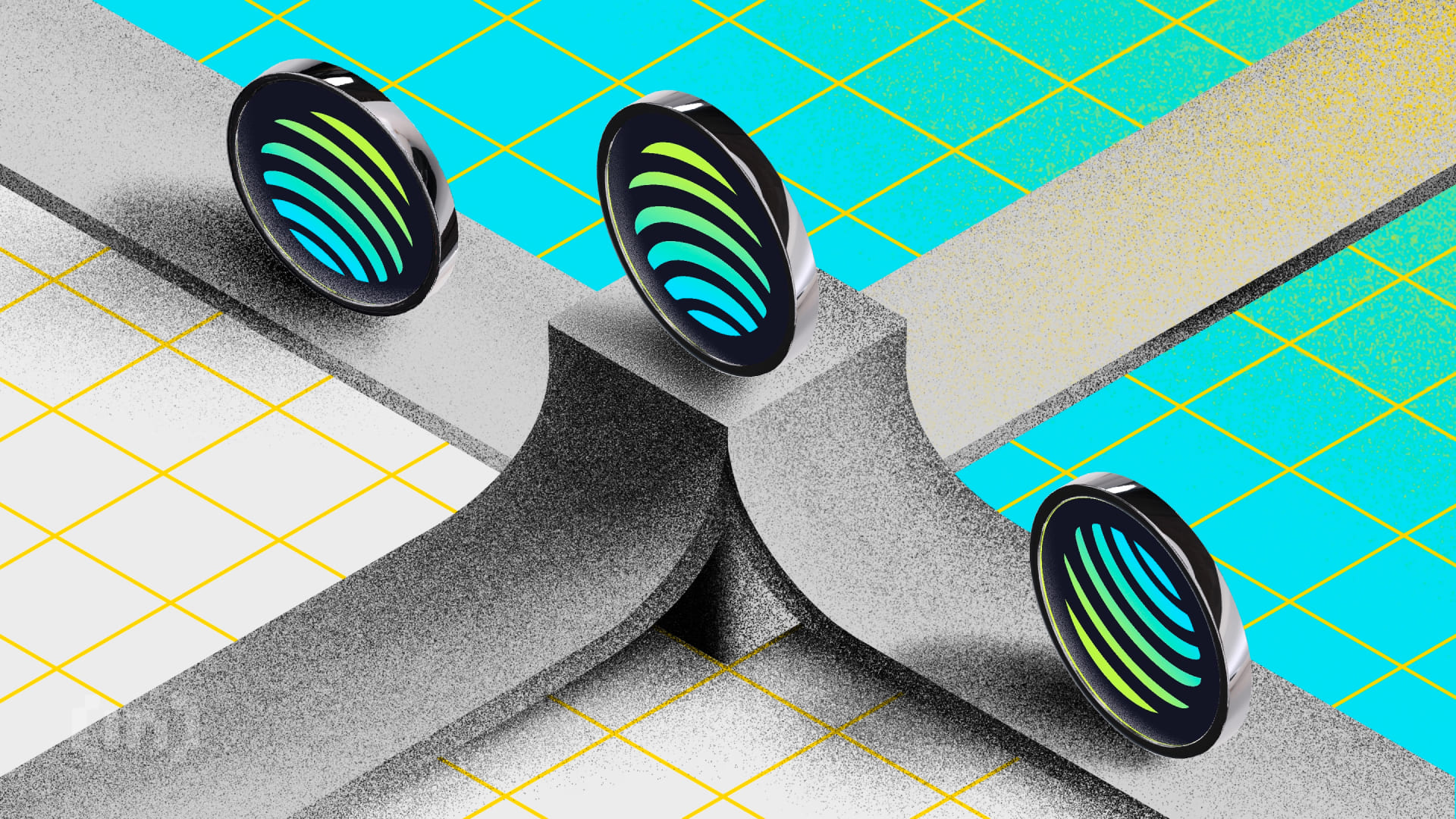
The blockchain landscape is rapidly evolving, and businesses are increasingly looking for efficient solutions to create decentralized applications (dApps). Among the various platforms available, Solana stands out due to its high performance, scalability, and cost-effectiveness. This blog aims to provide a comprehensive guide on building high-performance dApps with Solana, detailing the key benefits and best practices that can help businesses and developers succeed in their projects.
Understanding Solana
Solana is a high-performance blockchain platform designed specifically for decentralized applications. It employs a unique combination of Proof-of-History (PoH) and Proof-of-Stake (PoS) mechanisms, allowing it to process thousands of transactions per second while maintaining remarkably low transaction fees. This innovative architecture not only enhances the speed of transactions but also ensures that the network can handle significant user loads without compromising performance. As a result, Solana has become a preferred choice for developers looking to build scalable and efficient dApps.
Key Features of Solana
One of the standout features of Solana is its high throughput capability. The platform can process up to 65,000 transactions per second, making it one of the fastest blockchains available today. This level of performance is particularly beneficial for applications that require quick transaction confirmations, such as financial services, gaming platforms, and social media applications. Coupled with an average block time of around 400 milliseconds, users can expect minimal delays when interacting with dApps built on Solana.
Cost efficiency is another significant advantage of using Solana. The platform boasts some of the lowest transaction fees in the blockchain space, allowing developers to build and maintain dApps without incurring prohibitive operational costs. This affordability enables businesses to allocate resources more effectively and focus on enhancing their applications rather than worrying about transaction expenses.
Additionally, Solana provides a developer-friendly environment that simplifies the development process. With a robust set of tools and comprehensive documentation available, developers can quickly get up to speed with building on the platform. Frameworks like Anchor facilitate the creation of smart contracts, while active community support offers resources for troubleshooting and collaboration.
Security is a fundamental aspect of any blockchain application, and Solana’s architecture includes built-in security features that protect against common vulnerabilities. This focus on security helps ensure that user data and assets remain safe throughout interactions with the dApp. Moreover, as the Solana ecosystem continues to grow, developers have access to an expanding array of tools, libraries, and integrations that foster innovation and collaboration on new projects.
Benefits of Building DApps on Solana
1. Performance
The primary advantage of using Solana is its exceptional performance. The ability to handle a large number of transactions quickly makes it suitable for various applications across different industries. For instance, in finance, where speed can be crucial for trading platforms or payment systems, Solana’s high throughput ensures that users experience minimal delays when executing transactions. Similarly, in gaming applications where real-time interactions are essential for user engagement, Solana’s capabilities allow developers to create immersive experiences without lag.
Moreover, this performance translates into a better overall user experience. Users are more likely to engage with dApps that respond quickly and efficiently. Therefore, by choosing Solana as the underlying blockchain for their applications, businesses can attract and retain users who prioritize speed and reliability in their digital interactions.
2. Cost Efficiency
Cost efficiency is another compelling reason to build dApps on Solana. With transaction fees significantly lower than those on other blockchains like Ethereum, developers can create applications that are economically viable for both themselves and their users. This affordability allows businesses to implement features that might otherwise be cost-prohibitive on other platforms.
For example, microtransactions — small payments often used in gaming or content consumption — become feasible on Solana due to its low fees. This opens up new revenue streams for developers while providing users with affordable options for engaging with digital content or services. As a result, businesses can explore innovative monetization strategies without being constrained by high operational costs.
3. Developer-Friendly Environment
Solana offers a robust set of tools and documentation that simplify the development process significantly. Developers benefit from comprehensive resources that guide them through various aspects of building on the platform. The availability of frameworks like Anchor allows developers to create smart contracts efficiently by providing pre-built functionalities that streamline development tasks.
Additionally, the active community surrounding Solana plays a crucial role in supporting developers throughout their journey. Forums, social media groups, and online communities provide spaces for collaboration where developers can share insights, troubleshoot issues together, and learn from each other’s experiences. This collaborative environment fosters innovation and encourages knowledge sharing among developers at all skill levels.
4. Security
Security remains a top priority in blockchain technology due to the potential risks associated with decentralized applications. Solana’s architecture includes built-in security features designed to protect against common vulnerabilities faced by dApps. By prioritizing security from the outset of development, businesses can instill confidence in their users regarding the safety of their data and assets.
Moreover, regular updates and community-driven security audits contribute to maintaining a secure environment for all applications built on Solana. Developers are encouraged to follow best practices in coding and testing their smart contracts thoroughly before deployment to minimize risks associated with vulnerabilities or exploits.
5. Growing Ecosystem
The growth of the Solana ecosystem presents exciting opportunities for developers looking to innovate within this space. As more tools, libraries, and integrations become available, developers can leverage these resources to enhance their dApps further or create entirely new solutions that address emerging market needs.
Furthermore, partnerships with other platforms and projects within the ecosystem foster collaboration among developers across different domains — be it finance (DeFi), non-fungible tokens (NFTs), or gaming — creating synergies that drive innovation forward.
Best Practices for Dapps Development on Solana
1. Define Clear Objectives
Before diving into development work on your dApp project, it is crucial to define clear objectives that outline what you want to achieve with your application. Understanding your goals will guide your design choices throughout the development process while helping you select appropriate features aligned with those objectives.
For instance, if your goal is to create a decentralized finance platform focused on lending services, you will need specific functionalities such as smart contracts for loan agreements or mechanisms for collateral management integrated into your application design from early stages onward.
2. Assemble a Skilled Development Team
Building a successful dApp requires assembling a team with expertise in relevant technologies such as Rust (the primary programming language used for developing smart contracts on Solana), Node.js for backend development tasks related to server-side logic handling requests/responses between clients/users interacting with your application interface(s), along with front-end frameworks like React or Vue.js enabling responsive user interfaces.
Ensure that your team has experience in blockchain development specifically tailored toward working within ecosystems like Solana so they can navigate challenges effectively while optimizing performance throughout various stages — from initial design through deployment phases and post-launch monitoring activities, ensuring everything runs smoothly once live!
3. Design the Architecture Thoughtfully
A well-planned architecture is essential for avoiding bottlenecks in performance as user traffic increases over time after launching your application into production environments where real users interact daily! Outline core components involved within this architecture, including how data will flow through systems (e.g., databases storing user profiles/transaction histories) alongside how users will interact directly via UI elements triggering various functions behind the scenes (e.g., submitting transactions).
Consider scalability when designing these architectures; anticipate future growth scenarios where additional features may need implementation later down the road without requiring major overhauls impacting existing functionalities negatively!
4. Utilize Smart Contracts Effectively
Smart contracts serve as foundational building blocks powering any decentralized application built atop blockchain platforms like Solana! Use Rust programming language effectively when developing these contracts while ensuring they’re optimized both regarding performance metrics (e.g., minimizing gas costs incurred during execution) as well as security measures protecting against potential exploits/vulnerabilities commonly found within poorly coded contracts across many projects historically seen across the industry landscape!
Thoroughly test smart contracts before deployment using testing frameworks available within developer toolkits provided by ecosystem partners, ensuring everything works correctly under expected conditions prior to going live — this proactive approach minimizes risks associated with bugs/errors leading to potentially disastrous consequences post-launch!
5. Create an Intuitive Frontend
The user interface (UI) plays a significant role in user engagement; thus, creating an intuitive frontend design should be prioritized during development phases! Use popular frameworks such as React or Vue.js, allowing you flexibility when building responsive layouts accommodating various devices/screen sizes, ensuring optimal experiences regardless of where users access your application from (desktop/mobile).
Focus on usability principles guiding design decisions, ensuring navigation flows logically throughout different sections/pages within the app; consider incorporating feedback loops, allowing users to provide input regarding their experiences, which could inform future iterations/improvements made based upon actual usage patterns observed over time!
6. Leverage Testing Environments
Before launching your dApp onto mainnet environments where real funds/data are at stake — utilize testing environments provided by platforms like Solana! The devnet allows you to simulate real-world conditions without risking actual assets or sensitive information while identifying potential issues needing resolution beforehand, ensuring smoother transitions into production phases once everything passes tests successfully!
Testing thoroughly across multiple scenarios helps uncover edge cases often overlooked during initial development stages; this diligence pays off dividends later down the line, preventing costly mistakes arising from unforeseen circumstances impacting user satisfaction negatively post-launch!
7. Monitor Performance Post-Launch
After deploying your dApp onto mainnet environments — continuously monitor its performance metrics closely, tracking key indicators such as transaction success rates and latency times experienced by users interacting with various functionalities offered through the app! Identifying areas needing improvement/optimization early allows teams to make necessary adjustments proactively rather than reactively responding only after negative feedback arises from dissatisfied users encountering issues themselves firsthand!
User feedback serves as invaluable insights informing future iterations/enhancements made based upon actual experiences shared directly by those engaging regularly within the ecosystem; fostering strong relationships between teams developing products/services alongside end-users ultimately leads to better outcomes overall, benefiting everyone involved long-term!
Conclusion
Building high-performance dApps on Solana presents numerous advantages for businesses looking to enter the blockchain space effectively while maximizing potential returns investments made throughout entire lifecycle projects undertaken! With its speed, affordability, security features, and the supportive ecosystem surrounding the platform — Solana offers an ideal foundation upon which innovative decentralized applications can thrive successfully, meeting the diverse needs of varied audiences encountered across different sectors today!
As you embark upon your own unique journey developing cutting-edge solutions utilizing this powerful technology stack — consider partnering with Solana development services, specializing specifically within a realm focused entirely on delivering exceptional results consistently achieved through collaboration expertise gained over the years working directly alongside clients navigating complexities inherent within blockchain space together effectively achieving desired outcomes realized ultimately!
For expert guidance support building next-generation decentralized applications leveraging full capabilities offered through robust infrastructure provided by solenoids, reach out Codezeros today!
Their team of skilled developers possesses extensive knowledge and experience navigating intricacies associated with developing successful projects tailored precisely to meet requirements set forth, ensuring smooth transitions throughout the entire lifecycle process undertaken from inception launch phases onward, delivering maximum value realized clients served consistently every step way!
Building High-Performance DApps with Solana: Key Benefits and Best Practices was originally published in The Capital on Medium, where people are continuing the conversation by highlighting and responding to this story.

 2 months ago
37
2 months ago
37









 English (US) ·
English (US) ·